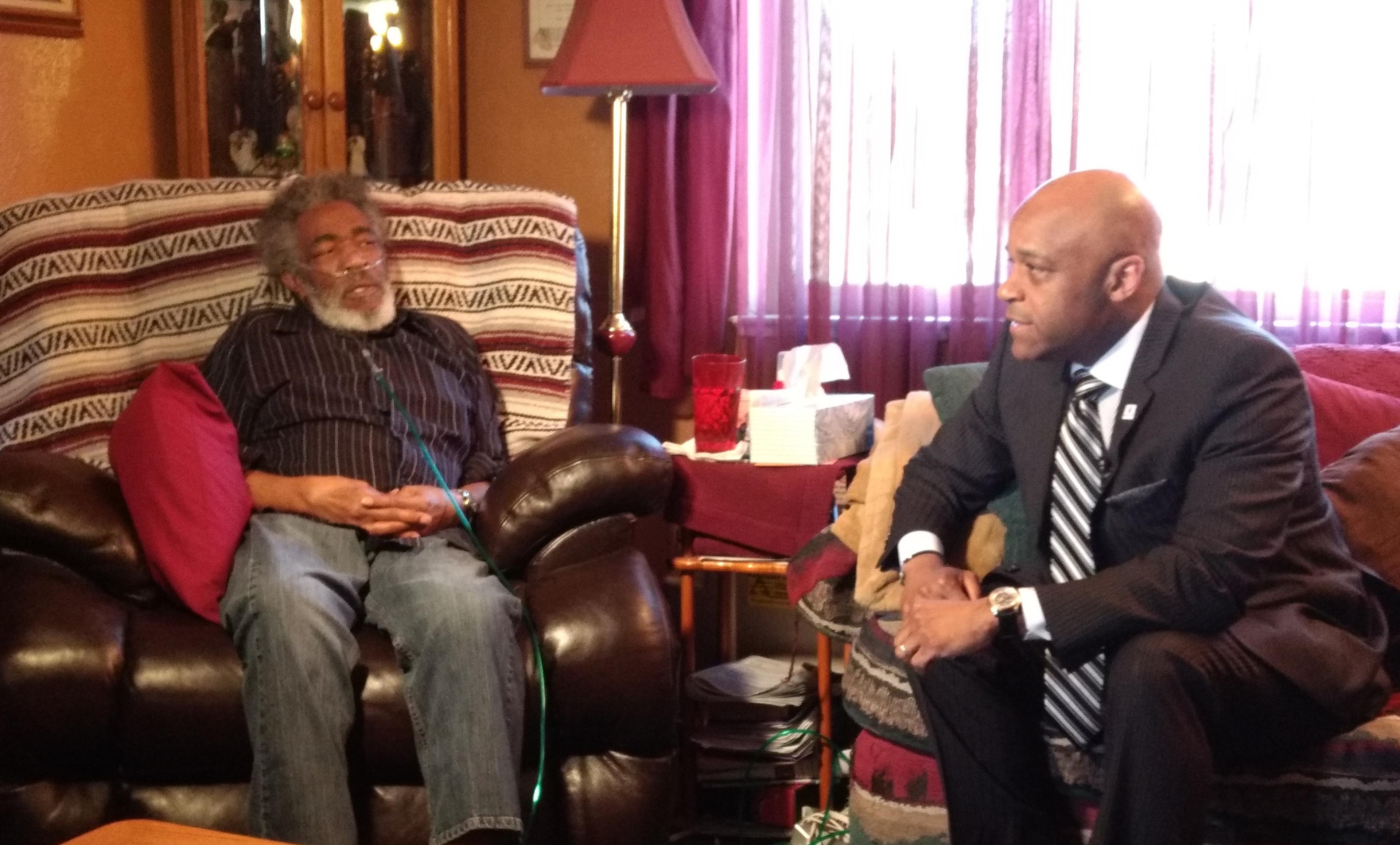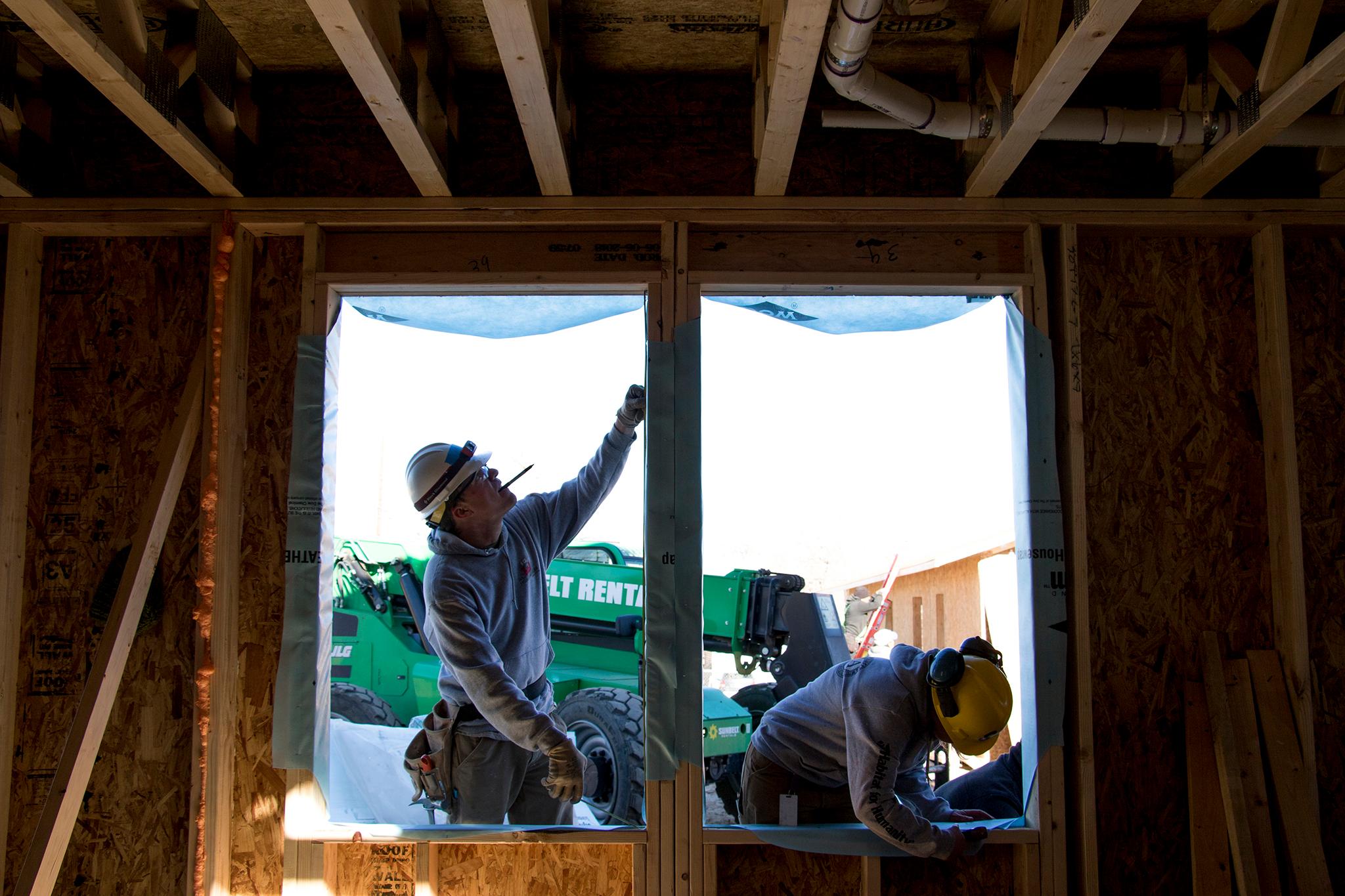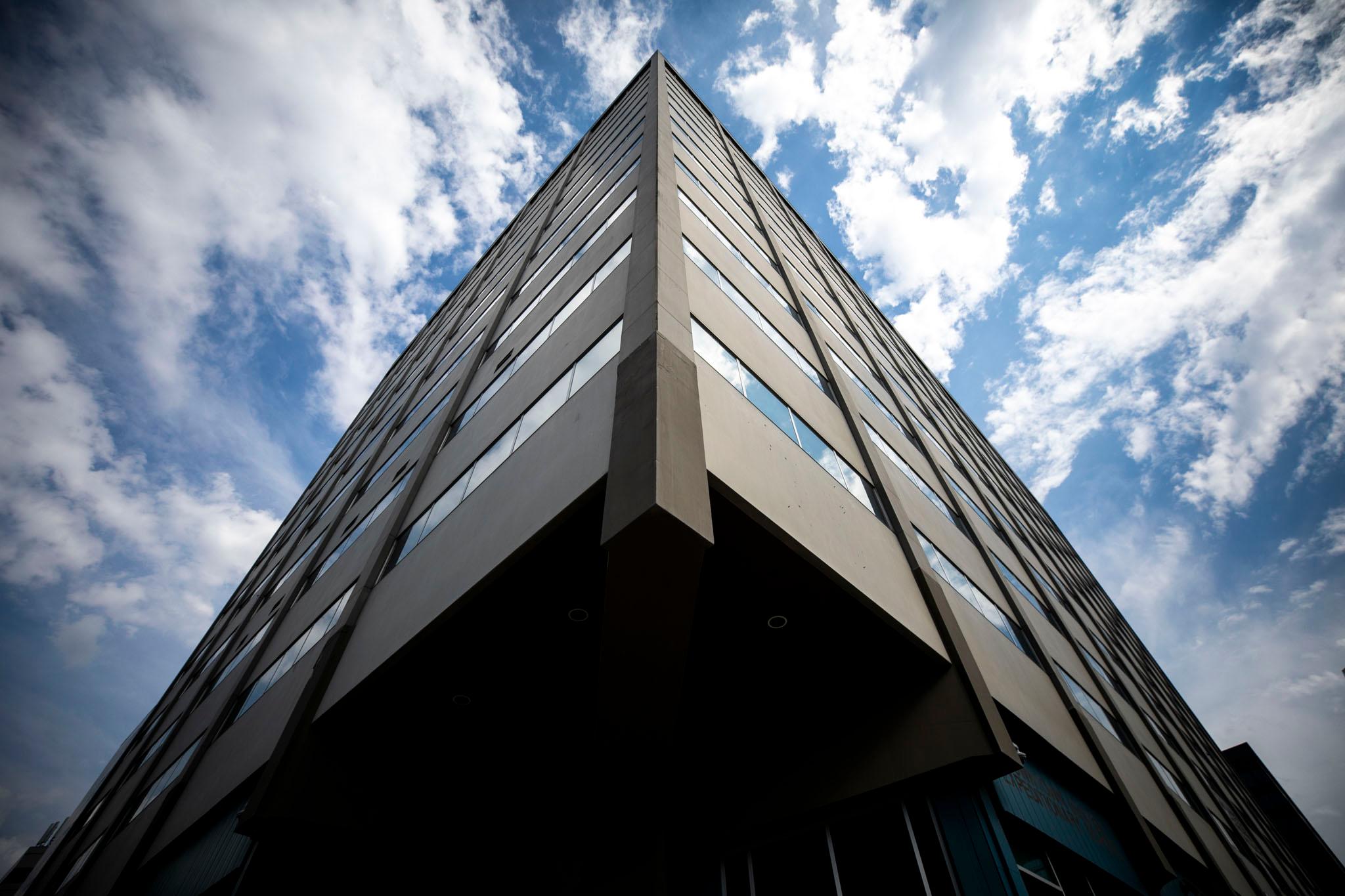Your drafty house may be bad for your health, according to a new University of Colorado study that suggests weatherizing homes is more than just a matter of saving money and the environment.
The researchers from CU Boulder and the Colorado School of Public Health at the CU Anschutz Medical Campus measured ventilation, or air-exchange rates -- the rate at which outdoor air replaces a room's indoor air -- in homes in low-income neighborhoods in Denver, Aurora and elsewhere in Colorado. They also questioned residents about their respiratory health.
"Residents in homes with the highest ventilation rates were most likely to report chronic cough, asthma-like symptoms and to have a current asthma diagnosis," according to the study published in the February issue of the Environmental Research journal. "The associations were strong and, in most cases, suggestive of an exposure-response relationship."
The team led by Shelly Miller, a professor in CU's environmental engineering program, added that the link between high ventilation rates and respiratory problems was strongest when the focus was on households in Denver and Aurora, where air pollution related to traffic is typically higher than in the other Colorado cities where the study was conducted. The researchers added that while their findings suggested weatherization strategies that reduce air exchange may reduce respiratory problems, such efforts also should take into account the risk of indoor sources of pollution such as mold and cigarette smoke.
The CU researchers worked with Xcel Energy, Boulder Housing Partners and Loveland Habitat for Humanity to find 216 low-income, nonsmoking households to study between Oct. 15, 2015 and April 15, 2017 in Denver, Aurora, Boulder, Loveland and Fort Collins. At the end of the study, the researchers shared with participants information about their homes and respiratory health.
The CU study's authors noted that since the U.S. Department of Energy started a Weatherization Assistance Program in 1976, energy efficient -- or green -- design and renovations of older buildings to increase energy efficiency have been promoted. Weatherization techniques include sealing gaps around electrical and plumbing conduits, installing insulation, weather-stripping doors and replacing windows. The authors cited research on low air-exchange rates -- the opposite of their study's focus -- created by such sealing techniques. Low air-exchange has been associated with an increased concentration of, for example, cigarette smoke and or mold.
"Research to date has provided evidence that low ventilation rates have adverse effects on respiratory health, likely due to increased concentrations of indoor pollutants," the CU researchers said. "Our study suggests that some low-income, urban homes have high ventilation rates, and these high ventilation rates may also have negative impacts on respiratory health, possibly due to the infiltration of outdoor pollutants."
Kate Hilberg, director of real estate development for Habitat for Humanity of Metro Denver, read the journal article with interest. The new homes that Habitat partners with low-income families to build meet federal guidelines for energy efficiency designed to keep a homeowner's utility bills low and decrease pollution. Hilberg said the nonprofit has seen over the years that families moving into Habitat homes, often out of poorly maintained rental properties, report reductions in asthma, especially among children.
"A prescription for better health is a safe, secure, energy efficient home," said Hilberg, who was not involved with the CU study.
The Denver-based nonprofit Brothers Redevelopment replaces windows and performs other work to seal a house as part of programs to help seniors and people with disabilities stay in their homes.
Promoting health is "in part why we offer these services," said Jeff Martinez, Brothers's president. Brothers was not involved in the CU study.
The city of Denver's Single Family Rehabilitation program helps low- and moderate-income families who need roof or plumbing repairs, window replacements or other work on their homes. The four-decade-old program administered by the Denver Urban Renewal Authority, which City Council renewed Monday, offers zero to one-percent interest loans of up to $34,999 for the repairs.
Chronic obstructive pulmonary disease sufferer Arthur Beanum, whose house along busy Martin Luther King Jr. Drive in Northeast Park Hill got new windows and air conditioning and other upgrades under the program last spring, said the change had a health impact.
"It has caused me to have better breathing," the 77-year-old retired Denver Housing Authority employee said. "Anything that helps our health is a blessing."

Habitat has a program started in 2012 to help low-income homeowners in Westwood, Globeville and Elyria-Swansea with repairs such as new roofs, siding, doors and windows. Habitat has repaired over 200 homes in Globeville, Elyria-Swansea and Westwood, where homeowners contribute sweat equity and pay a portion of the costs of the repairs. Hilberg said neighborhoods where Habitat has renovated houses are in areas the CU researchers studied.
"Globeville-Elyria-Swansea would kind of be your target area when you're talking pollution," she said of the corner of Denver where interstates 70 and 25 intersect and that now is coping with the dust and noise of the I-70 renovation.
Habitat also has built about 40 homes in Globeville and plans to start work on 32 new homes in Elyria-Swansea this spring, Hilberg said. The new homes are equipped with triple-pane windows and air conditioning.
The CU researchers found, though, that air-exchange rates were similar in weatherized and non-weatherized homes, suggesting that not all weatherization strategies were equal. Hilberg said that was an aspect of the study she would take back to her Habitat team.
"I'm going to suggest we do a before and after blow door test," she said, referring to a technique for measuring leakage and adding that if little difference was found she would turn for advice to the Energy Resource Center.
The Energy Resource Center works out of offices in Denver and elsewhere across Colorado to provide weatherization services at no charge for households that meet income guidelines and at market rates to others. Howard Brooks, chief executive officer of the center, which was not involved with the CU study, said his nonprofit starts with an energy assessment and conducts blower door test before, during and after the work.
"When we weatherize a house, in nearly 100 percent of cases we are able to reduce leakage," Brooks said.
Adds description of Denver city home repair program.














